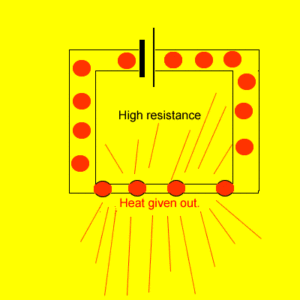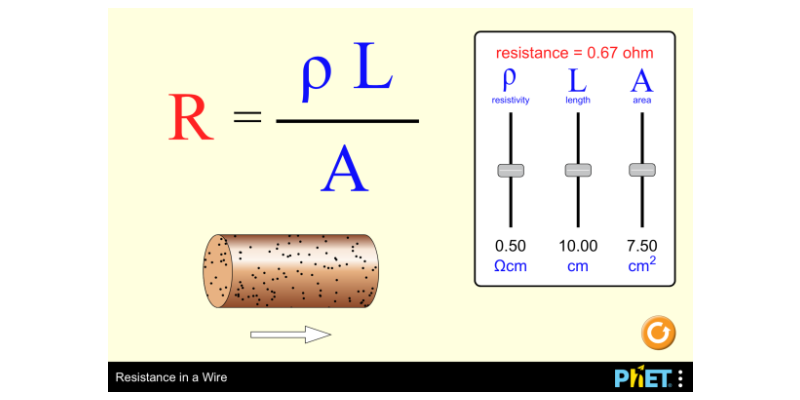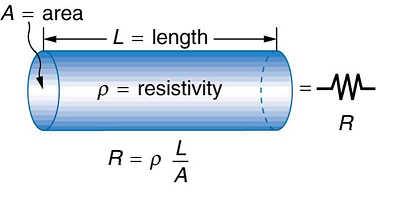There are several factors that can affect the resistance of a conductor, which is a material that allows electricity to flow through it. These factors include the material of the conductor, its cross-sectional area, its length, and its temperature.
One of the most important factors that determines the resistance of a conductor is the material it is made of. Different materials have different electrical resistivities, which is a measure of how easily they allow electricity to flow through them. Metals, such as copper and aluminum, tend to have low resistivities, which means they have low resistance and are good conductors. Non-metals, such as rubber and glass, tend to have high resistivities, which means they have high resistance and are poor conductors.
The cross-sectional area of a conductor also plays a role in its resistance. The larger the cross-sectional area, the lower the resistance. This is because a larger cross-sectional area allows more electrons to flow through the conductor at the same time, reducing the resistance.
The length of a conductor also affects its resistance. The longer the conductor, the higher the resistance. This is because a longer conductor has more atoms for the electrons to collide with, increasing the resistance.
Temperature can also affect the resistance of a conductor. Generally, the higher the temperature, the higher the resistance. This is because an increase in temperature causes the atoms in the conductor to vibrate more, which increases the number of collisions between the atoms and the electrons. This, in turn, increases the resistance.
In conclusion, the resistance of a conductor is affected by the material it is made of, its cross-sectional area, its length, and its temperature. Understanding these factors can help in choosing the appropriate conductor for a given application and in designing electrical circuits and systems.








